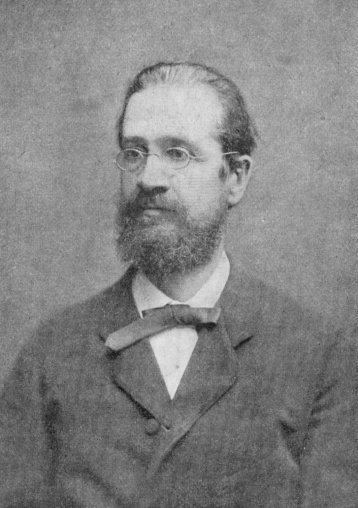School or tradition Fennoman Children Aino Kallas | Role Researcher Name Julius Krohn | |
 | ||
Born 19 April 1835Viipuri, Finland ( 1835-04-19 ) Principal ideas The Historic-Geographic Method Died August 28, 1888, Vyborg, Russia Similar People Aino Kallas, Fredrik Pacius, Johan Ludvig Runeberg, Martin Luther | ||
Julius Leopold Fredrik Krohn (19 April 1835 – 28 August 1888) was a Finnish folk poetry researcher, professor of Finnish literature, poet, hymn writer, translator and journalist. He was born in Viipuri and was of Baltic German origin. Krohn worked as a lecturer on Finnish language in Helsinki University from the year 1875 and as a supernumerary professor from 1885. He was one of the most notable researchers into Finnish folk poetry in the 19th century. His native language was German.
Contents
Works and influence
Krohn mostly preferred not to write under his foreign surname, but either adopted a nom de plume or worked as part of a collective, such as the fennomans, of which he was a leading member. Using pseudonyms, he translated many of Johan Ludvig Runeberg's works into Finnish, and researchers also concluded that he penned the Finnish lyrics for the Finnish national anthem.
Under his most notable pseudonym Suonio he published poetry; e.g. Mansikoita ja mustikoita 1856–61 ("Strawberries and blueberries") and Kuun tarinoita ("Tales of the moon"). As Suonio, he worked as editor of Suomen Kuvalehti and translated many of Sir Walter Scott's novels, such as A Legend of Montrose.
Scientific work
An important contribution to a history of Finnish literature was Krohn's doctoral thesis Suomenkielinen runollisuus ruotsinvallan aikana. Krohn was also the first to develop a scientific method for the study of folklore, the historic-geographic method. This method, which is connected with nationalist understandings of folk culture, involves careful comparison of variant texts of an item of folklore to the end of identifying the "original" version (as well as its origin)
Julius Krohn died by drowning in Bay of Vyborg in a yachting accident at the age of 53. His work with folklore and the Finnish language was continued by his son Kaarle Krohn, who published much of his scientific work posthumously. This work was further developed by their student Antti Aarne.
Children
Krohn's son Ilmari Krohn became a composer of church music. His daughter Aino married the Estonian nationalist Oskar Kallas and was known as a writer by the name Aino Kallas. His daughter Helmi Krohn, also an author, married Eemil Nestor Setälä, later the acting head of state of Finland in November 1917, after the abdication of Nicholas II of Russia.
